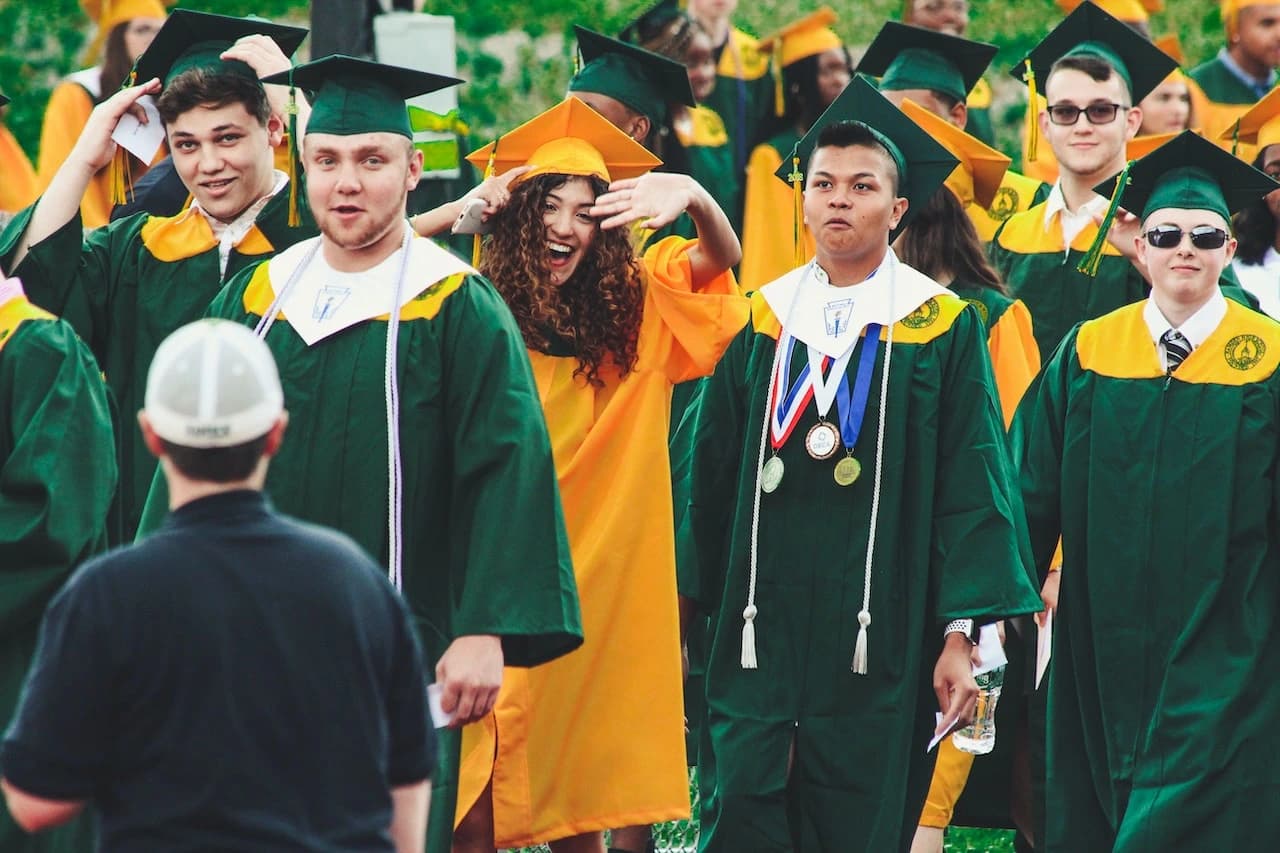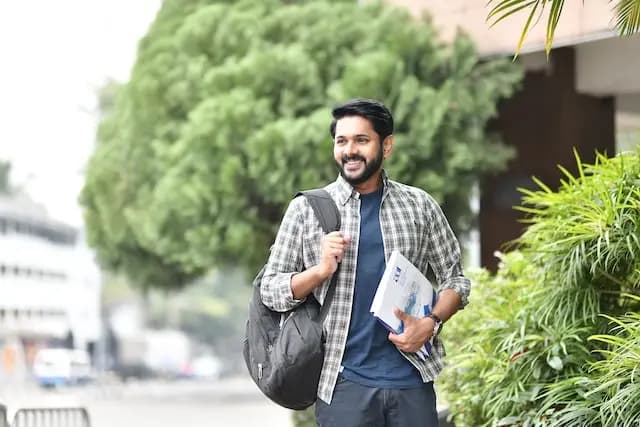How to Transition from an F1 Student Visa to US Green Card?

Key Highlights
- The U.S. attracts international students, many on F1 visas. A Green Card offers permanent residency and work rights.
- Start with OPT, transition to H1B, and apply for a Green Card through employer sponsorship under EB-2 or EB-3.
- Immediate relatives who are U.S. citizens or Green Card holders can sponsor you. Marriage to a U.S. citizen is a common path.
- If eligible, you can apply for a chance to obtain a Green Card randomly through the Diversity Lottery.
- Steps include securing a job, obtaining labor certification (PERM), filing an I-140, and adjusting your status with I-485.
- Process time and rules depend on individual circumstances; legal advice is highly recommended.
The United States has been the top choice for many international students from all over the world due to its exceptional education opportunity. Many of these students enter the U.S. with an F1 visa. But what happens after graduation? Is it possible to transition from an F1 student visa to a US Green Card? The journey may seem complex, but we're here to guide you. Let's unpack the process together.
Understanding F1 Visas and Green Cards
Before diving into the transformation process, it's important to understand the difference between the two. An F1 visa is a non-immigrant visa for international students who intend to pursue academic studies in U.S. universities, colleges, high schools, language training programs, and other institutions. On the other hand, a Green Card, or Permanent Resident Card, allows the holder to live and work permanently in the U.S.
The road from F1 to Green Card is not straight or short, but the possibilities do exist. And the journey, as you'll see, is as much about meticulous planning and understanding the U.S. immigration system as it is about patience and determination.
The Roadmap to Transition
Now that we have the basics covered let's move on to the routes that can lead you from an F1 visa to a Green Card.
Employment-Based Sponsorship:
This is one of the most common pathways. It usually begins with the student finding a job related to their field of study. Under the Optional Practical Training (OPT) program, F1 students can work for 12 months (or up to 36 months for STEM students) after completing their studies. During this time, if the employer finds the student's skills valuable, they may offer to sponsor an H1B visa. Once on an H1B visa, the individual can be sponsored for a Green Card under the EB-2 or EB-3 categories. An example would be a Software Engineer who graduated from a U.S. university, found a job with a tech company under OPT, later transferred to an H1B visa, and was then sponsored by their employer for a Green Card.
Family Sponsorship:
If you have immediate relatives who are U.S. citizens or Green Card holders, they may be able to sponsor you for a Green Card. This includes spouses, parents, children, and siblings. The Family-Based Green Card process usually involves filing an I-130, Petition for Alien Relative. For example, an F1 student might fall in love with and marry a U.S. citizen. In this case, the U.S. citizen can sponsor their spouse for a Green Card, allowing the student to adjust their status without having to leave the country.
Diversity Lottery:
The Diversity Immigrant Visa program, or the Green Card Lottery, is a unique program that allocates around 50,000 Green Cards annually to individuals from countries with low rates of immigration to the U.S. The application process is relatively straightforward, and the selection is random. However, it’s worth noting that not all countries are eligible to participate. For instance, if an F1 student from Ghana, a country eligible for the program, applies and is selected in the lottery, they could potentially transition directly from an F1 visa to a Green Card holder.
Asylum or Refugee Status:
If a student fears or has experienced persecution in their home country due to their race, religion, nationality, membership of a particular social group, or political opinion, they might be eligible to apply for asylum in the U.S. After one year of being granted asylum, they can apply for a Green Card. For instance, an F1 student from a country experiencing civil unrest who fears persecution for their political beliefs may apply for asylum. If approved, this could pave the way for them to apply for a Green Card in the future.
Navigating the Process
Let's consider the employment-based route as it's often the most relatable for F1 visa holders.
Step 1: Secure a Job
The first step involves securing a job offer from a U.S. employer willing to sponsor your Green Card. For many, this starts with changing their F1 visa status to an H1B visa status, often achieved through the OPT (Optional Practical Training) or CPT (Curricular Practical Training) programs. Both programs allow students to gain practical experience in their field of study.
Step 2: Labor Certification (PERM)
Once you've secured employment, the employer must obtain a labor certification from the Department of Labor (DOL). This process, called PERM (Program Electronic Review Management), requires your employer to advertise the job to ensure there are no willing and able U.S. workers for the position.
Step 3: Immigrant Petition
After the labor certification approval, your employer must file an I-140, Immigrant Petition for Alien Worker. This step involves your employer proving they have the ability to pay the offered wage.
Step 4: Adjustment of Status
Once the I-140 is approved and your priority date is current, you can file an I-485, Application to Register Permanent Residence or Adjust Status. This step involves background checks and an interview. If all goes well, you will then become a permanent resident of the U.S.
Challenges and Considerations
Although the process may seem straightforward, it's worth noting a few challenges. First, there's the issue of "intent." As an F1 visa holder, you've declared non-immigrant intent. However, applying for a Green Card signals immigrant intent. Balancing these two can be delicate and often requires professional guidance.
Also, be aware of the time involved. The process can take years, depending on the category of Green Card application and your country of origin.
Finally, remember that no two cases are alike. What works for one person may not work for another. It's crucial to get personalized advice that suits your specific situation.
Conclusion
The transition from an F1 student visa to a Green Card is not only possible but achievable with the right planning, guidance, and perseverance. Despite the complex immigration laws, many international students have successfully made this transition. Remember, it's not just about the destination – the journey also offers valuable experiences and insights that will shape your future. Keep your American Dream alive and continue to strive for your goals – the Green Card might just be a few steps away!
Disclaimer: Please note that while this article aims to provide a helpful overview of the process, it does not replace professional legal advice. Always consult with an immigration attorney to understand the best options for your specific situation.
Have Questions About This Topic?
Join our community to get personalized advice and share experiences with others going through similar visa processes.




